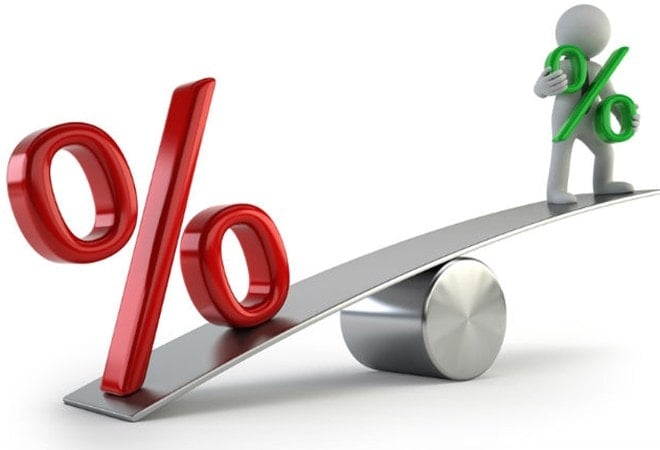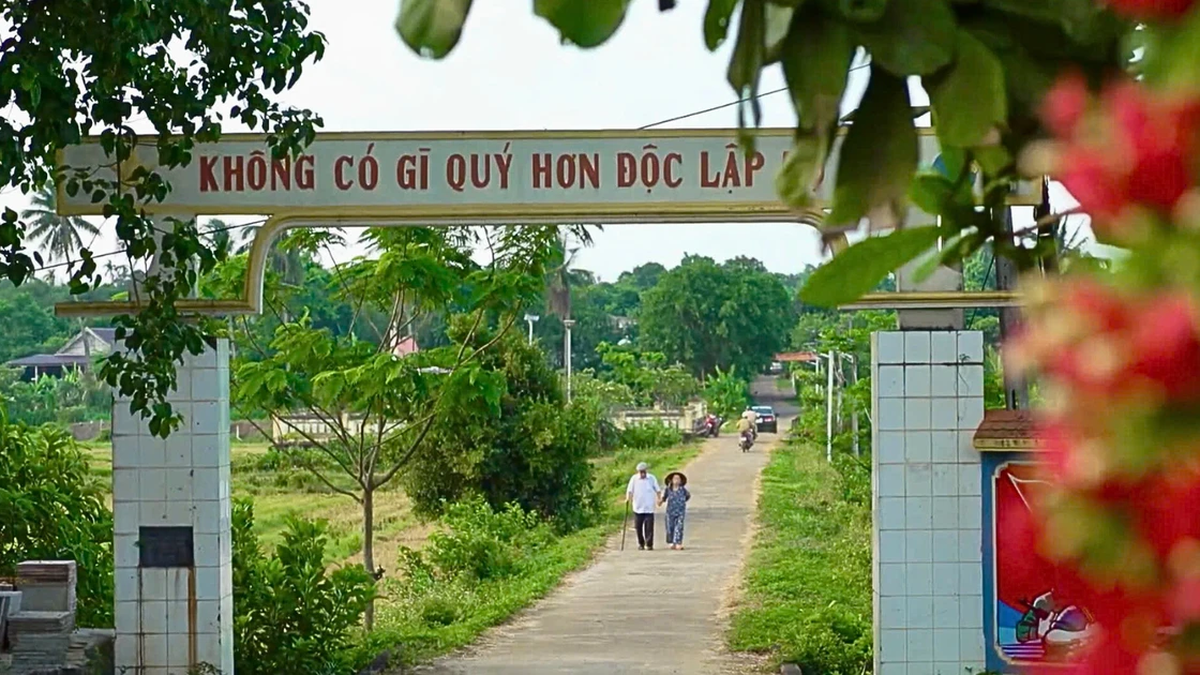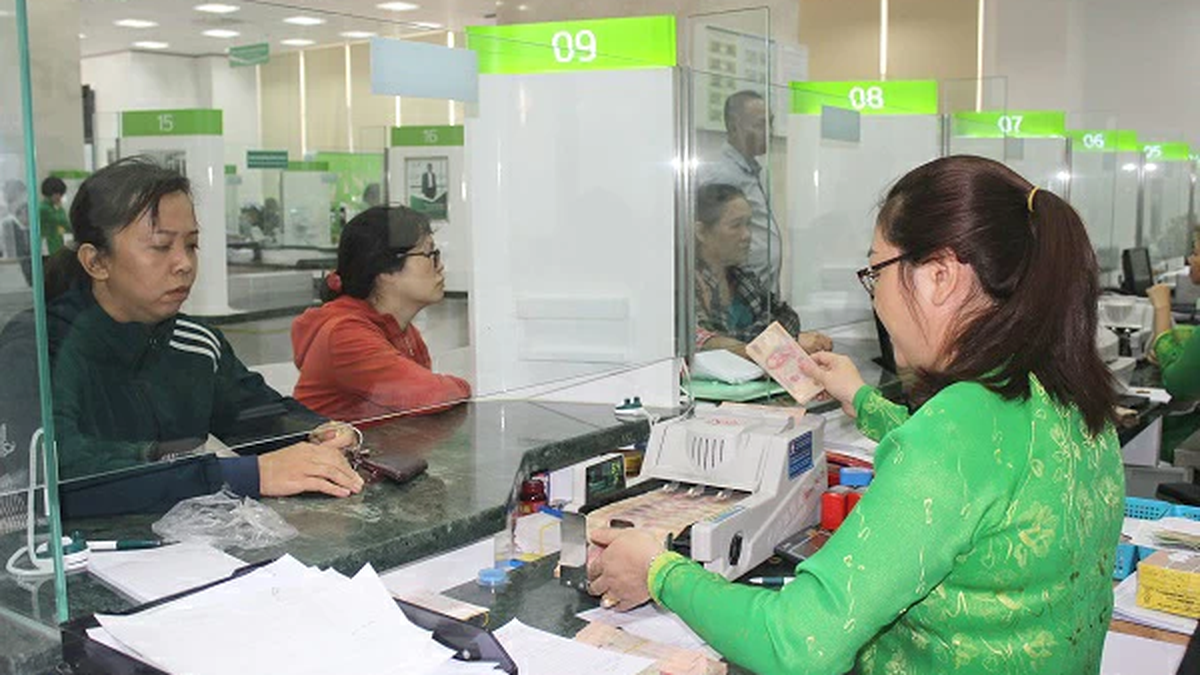The State Bank’s gradual move towards abolishing the credit limit mechanism (room) not only requires safe capital flow control but also promotes the credit market to operate under a truly competitive mechanism. In particular, reducing interest rates, improving risk management capacity and effectively orienting credit will be the “weapons” that banks must use if they want to maintain or expand their market share.
From dividing "rooms" to winning customers with real ability
For more than a decade, the credit room that the State Bank has granted to each bank has been one of the important tools to control inflation, stabilize exchange rates and regulate money supply. This mechanism is essentially a form of credit market quota that the management agency allocates based on the capital capacity, asset quality and compliance with safety regulations of each credit institution.
According to Vice Chairman and General Secretary of the Vietnam Banks Association (VBA) - Mr. Nguyen Quoc Hung: Maintaining credit room for over 10 years has contributed to macroeconomic stability, especially during times of strong global economic fluctuations. The currency market operates quite stably, exchange rates do not fluctuate much, and interest rates tend to decrease.

However, this quota-style mechanism creates an assumed safe zone for banks – where they do not need to make too much effort to retain customers or expand market share. When a “piece of the credit pie” is allocated, the motivation to compete on interest rates, service quality and financial products is significantly eliminated.
Mr. Nguyen Tu Anh, Director of Research at VinUni University, cited that before Circular 36 was issued (2014), the banking system had experienced uncontrolled credit growth, leading to the risk of financial instability. However, maintaining the room for too long created new paradoxes: customers could not access capital when the bank ran out of room, interest rates did not decrease despite abundant liquidity, and some banks lacked the motivation to restructure assets.
Mr. Tu Anh commented: “Credit room is like a pre-allocated market share. When there is no need to compete for customers, banks will not want to reduce interest rates. Removing the room will force banks to compete fairly, thereby benefiting the economy and borrowers.”
Eliminating room will be a challenge for capital capacity and risk management.
According to the roadmap, from 2026 onwards, the State Bank will gradually eliminate the credit limit mechanism and switch to an operating mechanism based on capital safety indicators and internal credit ratings. This is a major turning point, forcing banks to switch from asking for room to winning room based on capacity.
This will create an “underground” race to improve equity, capital adequacy ratio (CAR), collateral valuation capacity and risk control. Banks with weak capital foundations and high bad debt ratios will be forced to restructure or face a narrowing of market share.

According to Mr. Tu Anh, the group of state-owned banks, which have CARs lower than the average, will face more difficulties when the room mechanism is removed. If these banks want to maintain their market share, they will have to lower interest rates, increase operational efficiency and improve service quality to compete with the dynamic private banking sector.
According to Vietcap's report, banks with good asset quality, oriented towards SME and retail customers such as Vietcombank and Techcombank will have a great advantage in the new context, when credit allocation depends on risk analysis ability and real financial capacity.
Still quite concerned about hot growth and lessons from the past
One of the biggest concerns when removing the credit room is that credit growth could overheat, repeating the 2008–2010 scenario when capital flowed massively into real estate, stocks and asset speculation.
Mr. Pham Xuan Hoe - General Secretary of the Vietnam Financial Leasing Association - admitted that there are risks, but affirmed that the State Bank will still have full indirect regulatory tools to control capital flows.
Specifically, increasing the risk coefficient for speculative sectors, adjusting the required reserve ratio; Applying capital buffers for medium- and long-term loans; Limiting the ratio of short-term mobilized capital used for long-term loans. According to Mr. Hoe: "Removing the credit room does not mean loosening control. The important thing is to shift from administrative control to smart risk control."
Overall, Vietnam’s credit/GDP ratio has exceeded 134%, a high level in the region. Some opinions warn that this is a dangerous threshold, especially in the context of an economy that still depends heavily on borrowed capital. However, many experts believe that this figure does not fully reflect the level of risk if capital is allocated effectively.
Mr. Hoe stated: “If credit flows in the right direction such as infrastructure, supporting industry, high-tech agriculture , it will still create real value. But if it continues to flow into high-risk areas, just one shock will cause the entire banking system to bear the consequences.”
Eliminating room will activate the "weapon" of competitive interest rates
In an environment without limits, banks will no longer be “divided”, but will have to compete fairly for customers. That is when interest rates, service quality, processing speed and financial capacity will become key criteria.
Many experts believe that reducing lending interest rates will be the most effective competitive “weapon” in the short term. In the context of abundant liquidity in the system, if there is no more room, the bank that lowers interest rates sooner and more effectively will have the advantage of attracting SME customers, which account for a large proportion of credit demand. However, this is also a double-edged sword: reducing interest rates too much without controlling credit quality will lead to bad debt risks, especially if the bank reduces appraisal standards to push capital out.
According to Mr. Nguyen Quang Thuan - Chairman of FiinGroup emphasized: "The amount of credit growth is not as important as where that capital flows and what value it creates. We must change our mindset: no longer growth at all costs, but growth with control, efficiency and transparency."

Thus, the removal of the room can be considered a step from sharing to fair competition. The removal of the credit room is an important step that fundamentally transforms the way the credit market operates. From a system based on administrative allocation, the new credit mechanism will shift to competition based on financial capacity, risk assessment capacity and capital allocation efficiency.
In the new environment, no bank is favored, all must compete to maintain market share, especially through reducing interest rates, improving services and enhancing capital capacity. This is the healthy market mechanism that the Vietnamese economy needs to avoid dependence on credit, moving towards a sustainable, transparent and efficient financial system.
However, for this to be truly effective, the State needs to incorporate modern indirect regulatory tools, develop capital markets to replace credit channels, and promote digitalization and domestic credit ratings to help capital flows be allocated in the right places.
Removing the credit room is not just a change in a management tool, but also an opportunity to rebuild the credit market in a transparent, competitive and effective manner. However, for this opportunity to be effective, each bank must accept a fair game – where the “pie” is no longer pre-shared, but must be won by its own real capacity./.
Source: https://baolamdong.vn/bo-room-tin-dung-thuc-day-canh-tranh-lanh-manh-nang-cao-gia-tri-nganh-ngan-hang-383968.html



































































































Comment (0)